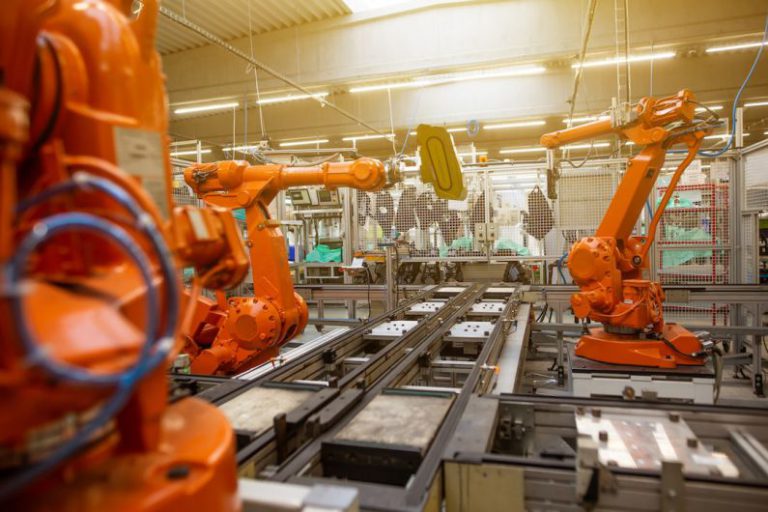The Role of Ai in Predicting Tire Retreading Outcomes
In the world of transportation and logistics, the maintenance of vehicles is crucial to ensure safety, efficiency, and cost-effectiveness. When it comes to commercial vehicles, one of the key maintenance practices is tire retreading. This process involves giving worn tires a new tread to extend their lifespan, reduce costs, and minimize environmental impact. However, predicting the outcomes of tire retreading has always been a challenging task. This is where Artificial Intelligence (AI) is revolutionizing the industry, offering advanced solutions to enhance the accuracy and efficiency of predicting tire retreading outcomes.
### The Traditional Challenges of Predicting Tire Retreading Outcomes
Historically, the prediction of tire retreading outcomes has been a complex and labor-intensive process. It often relied on manual inspections and subjective judgments, leading to inconsistencies and inaccuracies in the evaluation of tire conditions. Factors such as tread depth, casing integrity, and overall wear patterns had to be assessed by human experts, making the process time-consuming and prone to errors. This traditional approach not only lacked precision but also hindered the optimization of retreading practices.
### The Emergence of AI in Tire Retreading Prediction
With the advancement of AI technologies, the tire retreading industry is undergoing a transformative shift towards data-driven predictive analytics. AI algorithms can now analyze vast amounts of tire-related data with unprecedented speed and accuracy, enabling predictive models to forecast retreading outcomes with high reliability. By leveraging machine learning and deep learning techniques, AI systems can identify patterns, trends, and anomalies in tire data that are often imperceptible to the human eye.
### AI-Powered Predictive Maintenance in Tire Retreading
One of the key applications of AI in predicting tire retreading outcomes is predictive maintenance. AI algorithms can continuously monitor tire performance metrics, such as temperature, pressure, and wear patterns, in real-time. By analyzing this data, AI systems can predict potential issues before they occur, allowing fleet managers to proactively schedule retreading processes and prevent costly breakdowns. This proactive approach not only improves operational efficiency but also extends the lifespan of tires, reducing overall maintenance costs.
### Enhancing Quality Control with AI
Quality control is another area where AI is making a significant impact on tire retreading outcomes. By automating the inspection process using computer vision technology, AI systems can detect defects, anomalies, and tread wear patterns with unparalleled precision. This level of automation not only accelerates the inspection process but also ensures consistent and reliable evaluation of tire conditions. As a result, retreaded tires meet stringent quality standards, enhancing safety and performance on the road.
### Optimizing Retreading Practices Through AI Insights
Beyond predictive maintenance and quality control, AI is also revolutionizing retreading practices by providing valuable insights and recommendations. By analyzing historical data on tire performance, retreading processes, and environmental conditions, AI systems can identify optimization opportunities to enhance retreaded tire quality and durability. These insights enable tire manufacturers and fleet operators to make data-driven decisions that maximize the value and efficiency of retreading operations.
### Harnessing the Power of AI for Sustainable Tire Management
In addition to improving operational efficiency and cost-effectiveness, AI plays a crucial role in promoting sustainability in tire management practices. By optimizing retreading outcomes, AI helps reduce the demand for new tires, lower carbon emissions associated with tire production, and minimize waste generated from worn-out tires. This holistic approach not only benefits the environment but also aligns with the industry’s commitment to sustainable and responsible business practices.
### Embracing the Future of Tire Retreading with AI
As AI continues to evolve and expand its capabilities, the future of tire retreading looks promising with enhanced predictive capabilities, improved quality control, and optimized retreading practices. By harnessing the power of AI-driven insights, the tire retreading industry can achieve higher levels of efficiency, productivity, and sustainability. Fleet operators, tire manufacturers, and maintenance professionals who embrace AI technologies are poised to stay ahead of the curve and drive innovation in the ever-evolving landscape of tire management.






